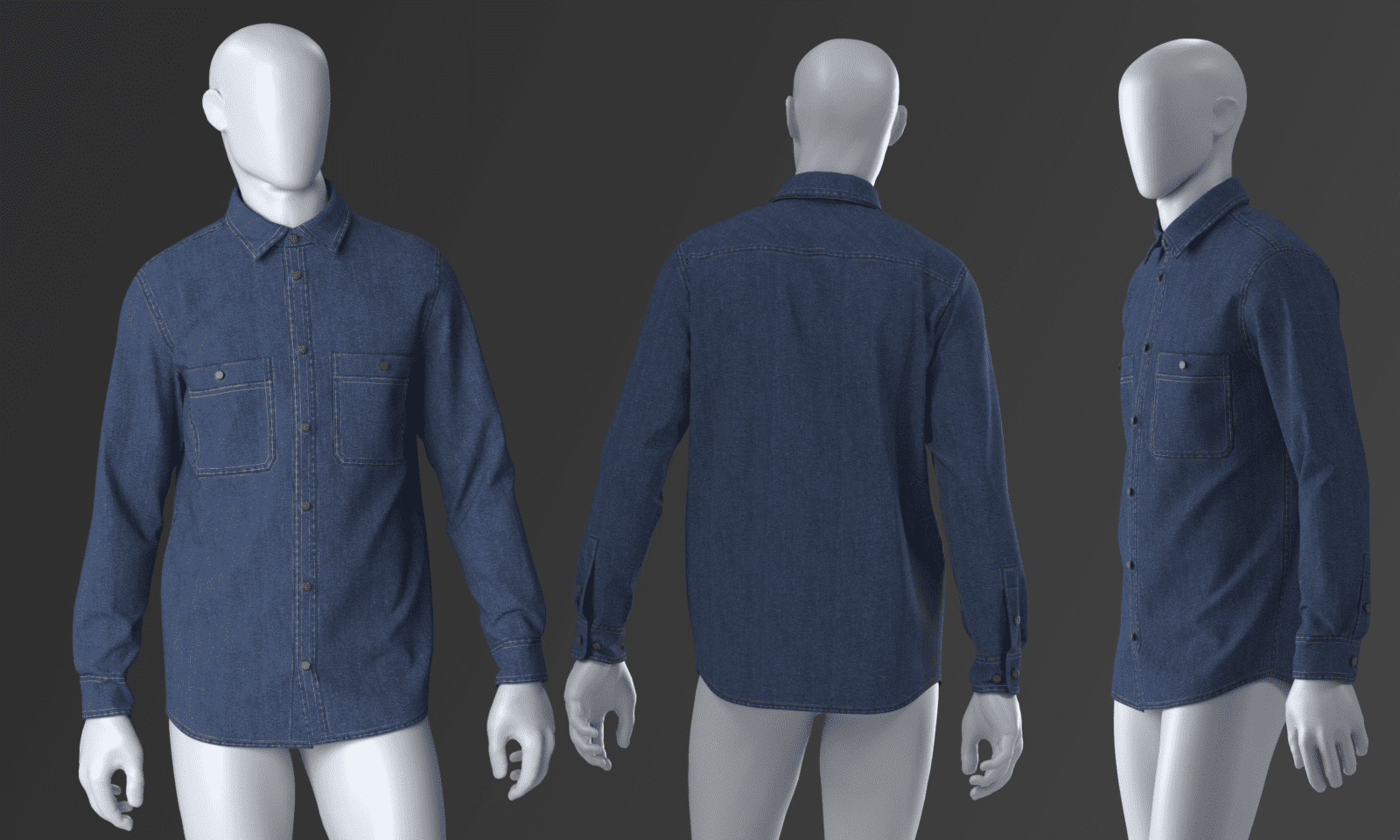Innovative designs, edgy styles, provocative statements: fashion is often perceived as a forward-minded industry that sets the bar for where society is headed (or at least what we’ll be donning as we head there). In reality, though, while what we see on runways may fulfill this idea, the backstage operations are often far from it. Things are changing – but they’re not happening fast.
Why the delay? And how come it’s not picking up quicker? Read on for insights into the vast world of fashion.

A few steps behind
Fashion’s digital transformation has been slow compared to other industries for a few reasons.
First off, the fashion industry is steeped in tradition and history, and many companies have relied on traditional methods of production and distribution for decades. Changing these processes can be challenging and may require significant investment in new technology and training.
Secondly, the fashion industry has been largely based on physical experiences such as fashion shows and in-store shopping to promote and sell their products. The shift toward digital experiences has been slower, as many fashion companies have been hesitant to move away from these traditional methods of promotion and sales.
However, in recent years, fashion has recognized the importance of a digital transformation, particularly in the wake of the COVID-19 pandemic, which has accelerated the shift toward digital experiences. Fashion companies are increasingly investing in digital technologies such as 3D scanning and virtual try-on tools to improve the customer experience and streamline the design and production process.
Overall, while the fashion industry has taken longer to digitally transform compared with other industries, there is now a growing recognition of the importance of digital technologies in improving efficiency, reducing costs, and enhancing the customer experience.

What it takes to make the shift
Of course, the transformation to digital operations isn’t a matter of snapping your fingers and – poof! – it’s done. Both time and skills are required. Some of the skills that facilitate this shift include:
- Technical know-how: Proficiency in programming languages, software development, data analysis, and data visualization are essential for developing and implementing digital technologies.
- Creative abilities: Being able to conceptualize and design innovative products using digital technologies such as 3D product design and development as well as virtual reality is important for staying ahead of the curve.
- Communication skills: Effective communication with stakeholders is critical to driving digital transformation initiatives as it requires buy-in from everyone: executives to employees to customers.
- Project management knowledge: Digital transformation projects can be complex and require strong project management skills to ensure they’re completed on time, within budget, and to the required specifications.
- Collaboration skills: Digital transformation requires collaboration between different teams: IT, design, marketing, and more as well as the ability to work effectively in cross-functional teams.
- Business acumen: Understanding the business side of the fashion industry, including supply chain management, marketing, and sales, is important for identifying opportunities for digital transformation and implementing solutions that meet business objectives.
- Adaptability and continuous learning: Digital technologies are constantly evolving, and professionals involved in digital transformation need to be adaptable and willing to learn new skills to stay up to date with the latest trends and technologies.
There’s no set formula to digitization in the fashion industry – these are just a few of the skills that will offer a smoother transition. The more know-how your team has within these areas, the easier you’ll be able to make this important shift.
While the fashion industry has taken longer to digitally transform compared with other industries, there is now a growing recognition of the importance of digital technologies in improving efficiency, reducing costs, and enhancing the customer experience.
If you’re not sure how to get started, reach out to us here at Material Exchange. Our team offers a wide range of assistance based around your needs. Let’s work together to bring the fashion industry to the forefront of sustainability and technology – it starts with you.
Find deadstock materials in our showroom
The Deadstock Depot showroom has hundreds of deadstock materials available now. Browse through our selection to find what you need for your next collection right here!
Related content
Want to chat?
We’d love to hear from you. Reach out to see how we could work together.





